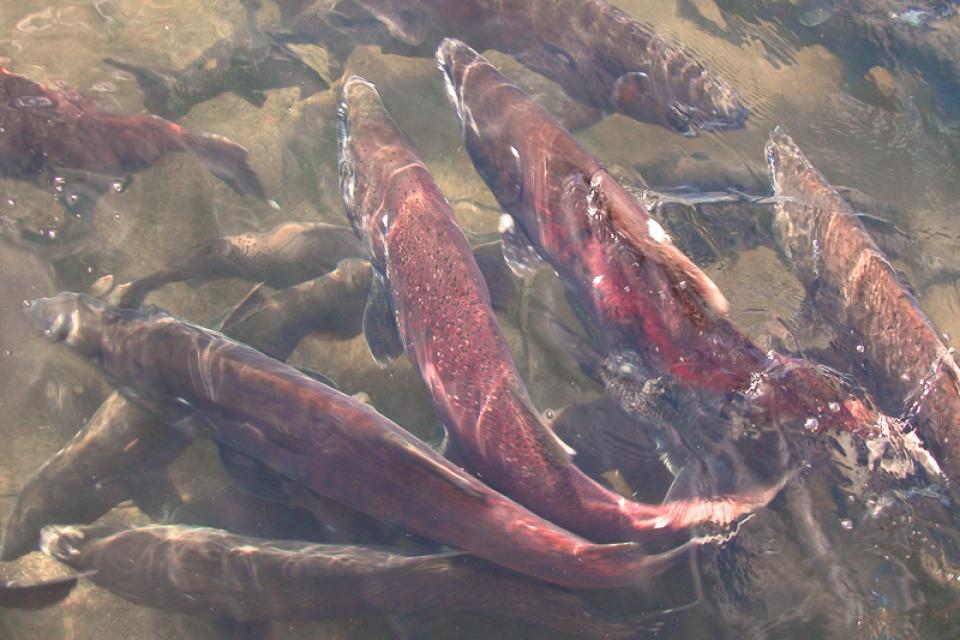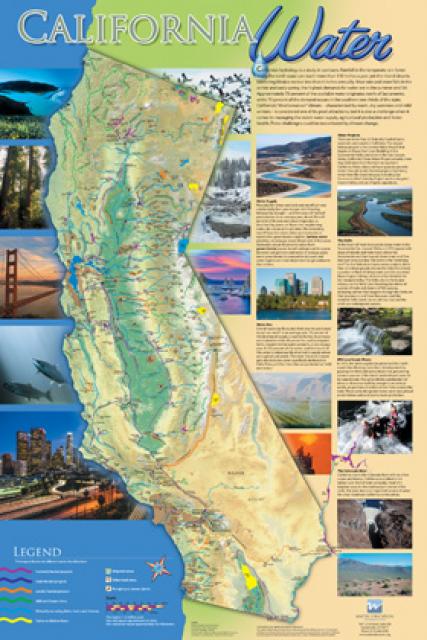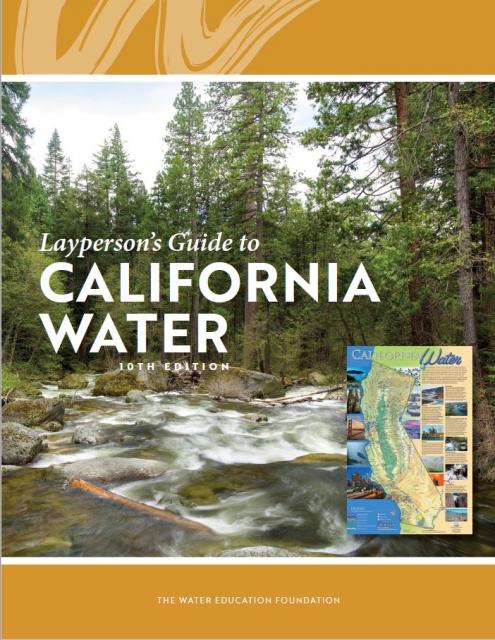Endangered Species Act – Federal
The federal government passed the Endangered Species Act in 1973, following earlier legislation. The first, the Endangered Species Preservation Act of 1966, authorized land acquisition to conserve select species. The Endangered Species Conservation Act of 1969 then expanded on the 1966 act, and authorized “the compilation of a list of animals “threatened with worldwide extinction” and prohibits their importation without a permit.”
Administered by the U.S. Fish and Wildlife Service and National Marine Fisheries Service, the federal ESA aims to, “protect and recover imperiled species and the ecosystems upon which they depend.” [See also California Endangered Species Act].
Imperiled species are defined as follows:
- endangered if it is in danger of extinction throughout all or a significant portion of its range.
- threatened if it is likely to become an endangered species within the foreseeable future.
The USFWS chiefly oversees land and freshwater ESA issues, while the NMSF generally manages marine wildlife and anadromous fish.
Watch this video on endangered species in our rivers.
The ESA requires species to be listed as endangered or threatened based on their biological status. Five factors are considered:
- Damage or habitat destruction
- “overutilization of the species for commercial, recreational, scientific, or educational purposes”
- Disease or predation
- Inadequate existing protection
- Natural or manmade threats to the species survival
Species who meet one or more of these criteria are then listed under the ESA. The legislation mandates that steps be taken to protect the species, ideally to the point it is fully recovered.
The number of threatened and endangered plant and animal species, from the abalone to the shortnose sucker, in California ranges from about 300 to nearly 470, according to federal and state data respectively.
Species Protection
To achieve species protection, U.S. Fish and Wildlife Service and National Marine Fisheries Service partner with a range of stakeholders including federal, state, and local agencies; Native American tribes; nongovernmental organizations; and academic institutions.
In California and other Western states, the ESA has generated controversy in recent years, particularly with water issues. Critics, particularly developers and those in the agricultural industry, have expressed frustration that the law blocks new projects and diverts needed water resources. For instance, under the ESA water can be allocated for fish protection.
Others, such as a vintner in San Joaquin County, have chosen to take part in the Safe Harbor Agreement program. A Safe Harbor Agreement is a voluntary agreement between a private property owner who works to protect on non-federal lands species listed under the ESA. In exchange, according the USFWS, “participating property owners receive formal assurances from the Service that if they fulfill the conditions of the SHA, the Service will not require any additional or different management activities by the participants without their consent.”
Meanwhile, ESA supporters say the ESA helps preserve vital habitat and ensure species survival.
Some, such as municipal and agricultural interests, would also like to streamline the ESA’s application to prevent undue interruption of water delivery.











